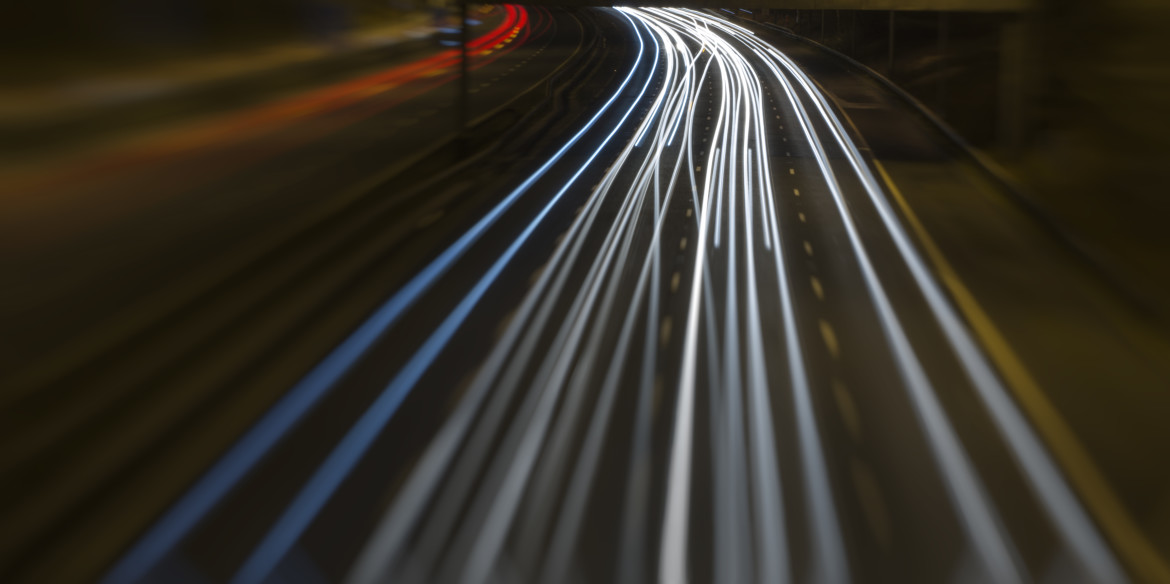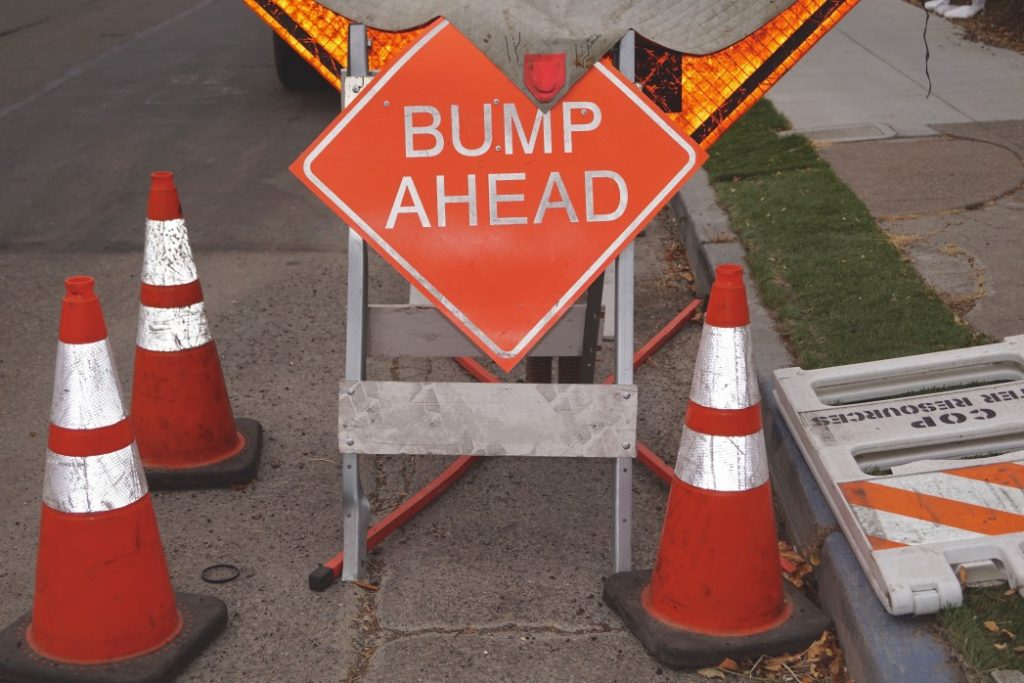Traffic calming devices are cheap alternatives for conventional speed bumps. They are easier to install than actual speed bumps and just as effective. They are created to slow or calm down traffic without closing off roads completely. Additionally, they come in different types. There are two common types of traffic calming devices. This post discusses them;
What are speed cushions?
Sometimes known as speed lumps, this is a collection of miniature speed humps fitted across the width of a road. This makes them sufficiently broad to slow down cars when riding along the road. However, they are also typically narrow enough for emergency cars to straddle. speed cushions are perfect for street on the route for emergency cars, and where retort time is a worry. Therefore, instead of fitting regular speed bumps, experts go for lumps for emergency vehicles to overlap and maintain their speed. Therefore, they are a novel and creative way to guard roads and prevent road accidents without slowing down emergency retort cars.
It is also worth mentioning that the devices can show down cars around 15 to 20 mph. This is because they are made of interlocking units that quickly and easily snap together. They are usually about 3 inches high and 3.5 to 4 inches long.

Additionally, they usually have markings embedded into them during their manufacturing. The purpose of markings i to make the lumps visible to drivers. Therefore, the markings are usually made with reflective colors like yellow, neon, and white. They also typically feature shapes like squares and arrows. This makes them highly visible even on expansive roads. Speed cushions are usually installed a few hundred feet apart for safety and effectiveness. However, this depends on the length and width of the road.
What are speed tables?
Like speed cushions, speed tables are also calming tools for traffic. They typically lift the whole wheelbase of cars to slow their speeds. They are usually around 30.5 inches raised and up to 22 feet long. However, they are usually high at their center and extended on the ends. As a result, they reduce the running speed for vehicles on roads by 25-45 mps. However, this differs according to the spacing. Speed tables are popularly applied on collector roads and transportation.
However, like speed lumps, they are also applied to routes for emergency revert. This is because they can slow traffic and still allow emergency vehicles to pass without wasting time. Some speed tables can also be constructed as elevated midblock crossings. In such cases, they are utilized with curb extensions. These tools for slowing down traffic are built for roads less than 50 feet broad. However, they can be utilized in each direction on 2-way streets.
Conclusion
Speed tables and cushions are not to be confused with speed bumps. They are often found on smaller roads, parking lots, or residential streets. For instance, they are ideal solutions on long and straight residential streets with few intersections and no visual cues for slowing down motorists. They are also smaller and typically devices of last resort. As a result, they are often applied as calming solutions where other methods have been considered and found not to be as effective.

